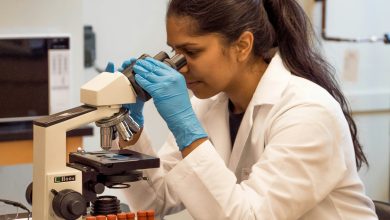
A recent report published by the Centre for Disease Control states that 47.2% of all adults over 30 have some form of periodontal disease. The report states that instances of the disease increase with age, citing 70% of adults over 65 having periodontal disease.
The report cited above also states that 56.4% of men have gum disease versus 38.4% women.
Gum disease is also referred to as periodontal disease and has three stages:
Initial stage: This is usually referred to as gingivitis, a very mild form of gum disease, characterized by inflammation of the gums mainly by plaque formation and the build-up of tartar on the teeth. The good news is that gum disease can be treated and reversed at this stage, essentially stopping it from progressing.
Secondary stage – It is referred to medically as periodontitis. If gingivitis is left untreated, it becomes periodontitis, a more advanced stage, which affects a larger part of the gum tissue, causing infection of the bone tissue and gum pockets.
Advanced stage – Advanced stage of periodontitis is characterized by the gum tissue receding or detaching from the teeth. As a result, the teeth can become loose and will start falling out. People with advanced-stage periodontitis will need to visit a periodontist who will start receding gum treatment right away after adequately diagnosing the problem
It is worth noting; gum disease may become the root cause of many other diseases as bacterial by-products end up in the bloodstream. That’s why nipping gum disease in the bud early on can save you from a lot of trouble later.
Common Signs of Gum Disease
Gum disease is known for being an infection that’s hard to detect early on, which means potentially millions of people may have it and not know. If you are not aware of plaque or tartar build-up, does it mean you don’t have gum disease?
There are a few early signs of gum disease that should alert you to there being a problem. If you notice any of the signs listed below, visit a periodontist or dentist immediately.
- Red and swollen gums
- You notice bleeding after eating something hard, like maybe an apple
- You notice the gums bleed when you floss or brush
- The gums feel tender when you touch them
- Your teeth have started looking longer
- Notice bad breath regardless of what you need
- Mouth pain that does not seem to go away
- Loose teeth
- A build-up of pus in the gums
- Notice the teeth misaligning
As mentioned earlier, you must see a dentist right away. Only a dentist can say for sure if you have gingivitis or maybe initial stage periodontitis.
Certain habits and conditions may increase the risk of periodontitis, such as:
- Diabetes
- Stress
- Smoking
- Crooked teeth
- Genetic issues
- Stress
- Bridges that don’t fit correctly
- Medication that is causing dry mouth
- Defective filling
- Underlying health issues usually caused by immuno-deficiencies
- Female hormonal changes
Preventing And Treating Gum Disease
It is possible to treat advanced forms of gum disease, but it may require more extensive measures. One of the keys to controlling and even treating gum disease is strict oral hygiene, coupled with professional cleaning. The treatment regime may include deep cleaning of the root surfaces under the gums, oral medications, and medications placed under the gums, in addition to corrective surgery.
Preventing and controlling periodontal disease requires:
- Regular brushing and flossing to ensure the removal of plaque and bacteria
- Make sure to schedule an appointment with your dentist annually, at the very least, so that the warning signs of gum disease can be detected early on and addressed.
A dentist may require you to undergo surgery to address periodontitis in severe cases. The two most used are:
Flap surgery entails the doctor lifting back the gums to remove tartar deposits from inside the pockets and around the teeth. The gums are then stitched shut around the teeth.
Tissue grafting surgery – The procedure uses synthetic or natural bone. The periodontist will graft what are called “connects” in areas where you have lost bone to promote growth. The dentist may also use a procedure that promotes regrowth of the gum’s missing tissue.
Conclusion
If not treated in time, Gum disease can become a serious issue later on. It can lead to tooth loss most notably. You will also want to see your dentist if you suffer from bleeding gums and gum sensitivity. The sooner you receive treatment, the better. However, it is equally essential to follow strict oral hygiene protocols even after treating gum disease to prevent it from reoccurring.



